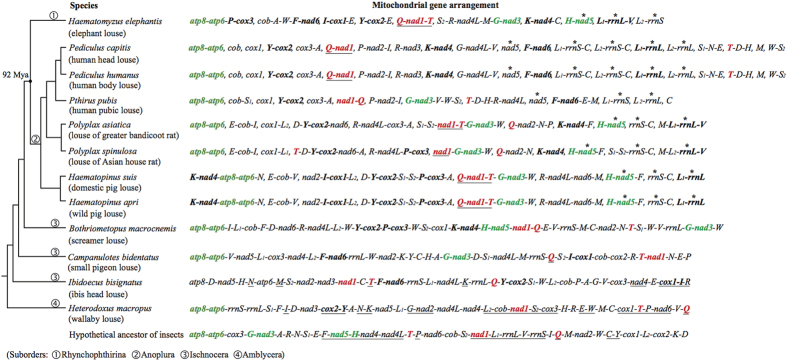Figure 6. Comparison of mitochondrial gene arrangement between the elephant louse, Haematomyzus elephantis, and other parasitic lice.
The phylogenetic tree is consistent with that shown in Fig. 5. The black dot on the tree indicates the most recent common ancestor (MRCA) shared by species of the two suborders, Rhynchophthirina and Anoplura. nad5, rrnS and rrnL genes of the elephant louse and sucking lice are highlighted with asterisks; each of these genes has its own minichromosomes, not shared with other protein-coding genes or rRNA genes. trnT, nad1 and trnQ genes are highlighted in bold red. The ancestral gene-arrangements of insects retained in the elephant louse are in bold green; the derived gene-arrangements of insects present in the elephant louse and shared by other parasitic lice are in bold black. Hyphens link neighboring genes on the same minichromosome; commas separate minichromosomes.

